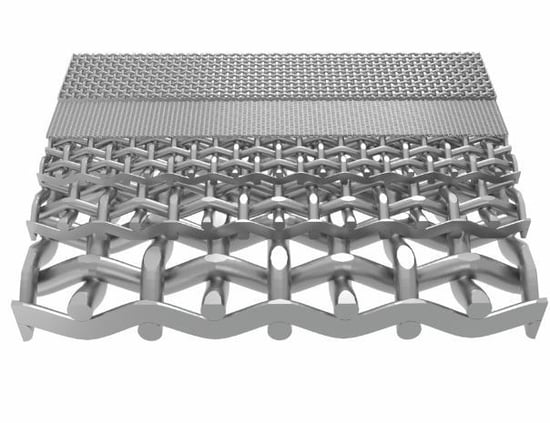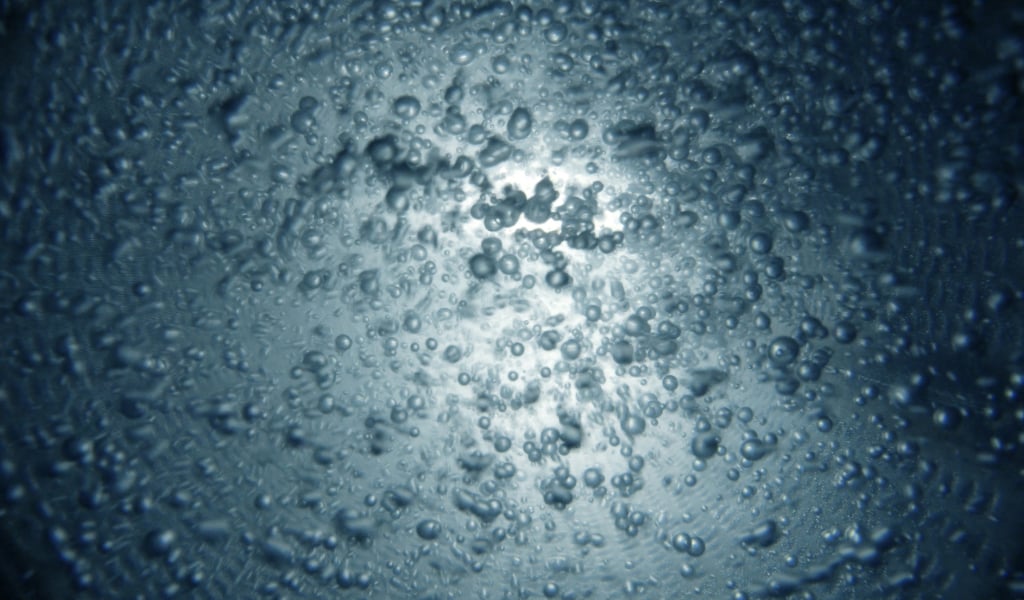The Hidden Costs of Filtration Failures in Desalination Operations
Desalination systems are critical components in industrial water treatment operations, where consistent performance is essential. However, these systems are highly sensitive to operational disruptions, and one of the most overlooked causes of downtime is filtration failure. When filters clog, degrade, or fail to perform as intended, the entire system can grind to a halt, leading to delays and expensive maintenance.
Beyond downtime, inefficient filtration that causes clogging can drive up energy costs, which is one of the largest operational expenses in desalination, by forcing systems to work harder to maintain flow and pressure.
To mitigate these risks, operators must understand the importance of choosing the right filtration media and maintaining it properly. A robust filtration strategy not only ensures consistent water quality but also protects downstream equipment from damage and wear. This proactive approach can significantly reduce the frequency and severity of system shutdowns.
At W.S. Tyler, our mission is to help desalination facilities operate cleaner and safer through innovative woven wire mesh solutions backed by over 150 years of experience. Our filtration products are engineered to deliver long-lasting performance in even the harshest environments.
In this article, we’ll explore how filtration issues contribute to downtime in desalination systems, examine the role filtration plays in system efficiency, identify common challenges, and highlight how woven wire mesh can serve as a reliable solution.
Understanding the Role of Filtration in Desalination System Efficiency
Filtration is the first line of defense in desalination systems, protecting sensitive components from particulates, biological matter, and other contaminants. While all desalination processes benefit from clean feedwater, membrane-based systems such as reverse osmosis (RO) require effective pre-filtration.
In fact, even ultrafiltration (UF), which often serves as a pretreatment step for RO, relies on dependable pre-filtration to maintain performance and protect downstream components.
Despite its critical role, pre-filtration is often treated as a secondary design element. However, its influence on membrane longevity, energy efficiency, and overall system reliability makes it a cornerstone of effective desalination.
Effective pre-filtration ensures that membranes and other critical components are not prematurely fouled or damaged. This not only helps to improve water quality but also reduces the frequency of maintenance cycles, allowing systems to operate continuously with minimal intervention and saves you money on operational costs.
Reverse osmosis systems, which dominate modern desalination, are particularly vulnerable to fouling and pressure loss when filtration is inadequate.
When filtration is compromised, the entire desalination system suffers. Pumps may become clogged, cost-intensive membranes may degrade faster or even need to be replaced, and energy consumption can spike due to increased resistance. These inefficiencies can lead to hurtful system downtime and increase your overall operational costs.
By understanding the pivotal role that filtration plays, operators have the ability to make informed decisions about the type of media that they use and the maintenance protocols they implement, ultimately safeguarding system uptime.
Common Filtration Challenges That Disrupt Desalination Processes
One of the more common issues in desalination filtration is clogging due to high particulate loads. In many environments, especially coastal or industrial environments, feedwater often contains sand, silt, organic matter, and even microplastics, which can overwhelm traditional filter media.
Scaling from salts like calcium carbonate and sulfate compounds can form hard deposits that reduce flow and increase energy use. Biofouling, especially in seawater systems, requires frequent chemical treatment and cleaning to prevent membrane damage.
This is why pretreatment, particularly with high-performance filtration media, is essential to minimize particulates and biological loads before they reach sensitive components. To be effective in these harsh environments, pretreatment filter elements must also be corrosion-resistant and capable of withstanding exposure to aggressive chemical treatments.
Another major challenge is the issue of media degradation. Filters made from polymer or non-metallic materials may break down over time, especially when exposed to high pressures, intense temperatures, or corrosive elements. This can lead to leaks, bypassing, and contamination of downstream processes.
Looking to learn more about the importance of water filtration design and how woven wire mesh filters can benefit you? Discover more in our article below:
Improper filter sizing and poor maintenance practices can also contribute to system failures. Filters that are too fine may restrict flow, while those that are too coarse or do not guarantee mechanical strength may allow harmful particles to pass through. Without regular inspection and cleaning, even the best filters have the ability to become liabilities.
Frequent filter replacements and emergency maintenance not only interrupt production but also drive up material and labor costs. Choosing long-lasting, properly sized filtration media can reduce these recurring expenses.
These challenges underscore the need for durable, high-performance filtration solutions, built with carefully selected, corrosion and chemical-resistant materials, that can withstand the rigors of desalination environments while maintaining consistent performance over time.
How Woven Wire Mesh Can Minimize Downtime and Improve Reliability
Woven wire mesh offers a unique combination of strength, precision, and longevity that makes it ideal for desalination filtration. Unlike other filter media, wire mesh resists deformation and chemical breakdown, even under extreme conditions.
Compared to wedge wire, woven wire mesh offers more reliable retention, especially for longitudinal particles that can otherwise slip through and damage membranes.
Its customizability allows for precise control over particle retention, ensuring that only desired materials pass through while harmful contaminants are captured. When customized to local raw water conditions, this level of filtration accuracy helps protect sensitive components and maintains system integrity.

Additionally, woven wire mesh is easy to clean and reuse, reducing the need for frequent replacements and lowering your overall long-term costs, especially over disposable filters such as filter cartridges. Its rigid structure also minimizes the risk of collapse or bypassing, which are common issues with softer media.
By integrating woven wire mesh into their pre-filtration systems, desalination operators can significantly reduce downtime, minimize maintenance costs, improve water quality, and extend the life of their equipment, all while maintaining a cleaner and safer operation.
When crafted from high-performance alloys such as 904L or Avesta, and woven to precise fineness levels between 20 and 100 microns, these filters offer exceptional durability in harsh environments. The ability to weave and process fine meshes from corrosion and chemical-resistant alloys results in a much longer service life and substantial cost savings over time.
Preventing Downtime With Smarter Filtration Solutions
Filtration failures are a leading cause of downtime in desalination systems, often resulting in lost productivity that can lose you money. Understanding the root causes and implementing robust filtration strategies is key to maintaining operational efficiency.
Woven wire mesh stands out as a reliable solution that addresses many of the challenges faced by traditional filter media. By investing in durable, reusable filtration media like woven wire mesh, desalination facilities can achieve long-term cost savings, rescue waste, and support more sustainable operations.
At W.S. Tyler, we are committed to helping desalination plants operate cleaner and safer with filtration solutions backed by over 150 years of engineering excellence. Our woven wire mesh products are designed to meet the unique demands of water treatment applications.
Ready to make the switch to a dependable and durable water filtration media? Check out our article below to learn more about why woven wire mesh is your best option:
About Dylan Polz
Dylan is a Content Writer with 2 years of experience in marketing and SEO. Passionate about learning and strengthening his writing skills, he is currently expanding his expertise in particle analysis and woven wire mesh technologies. With a strong belief in the power of information to drive positive change, his goal is to develop content that supports cleaner, safer solutions across all industries.



